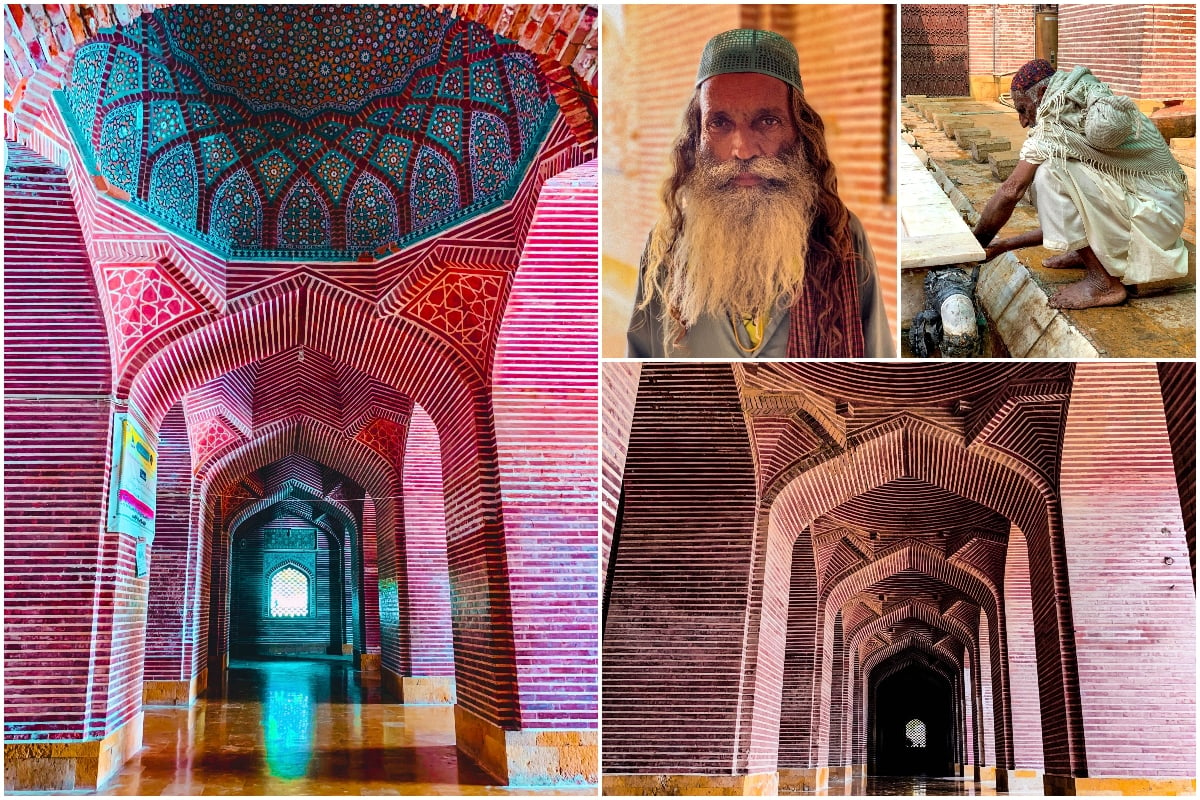A Mughal-era mosque and the jewel of Sindh
The Shahjahan Mosque is said to be built by Emperor Shahjahan to mark the generosity of the people of Thatta

At first glance, it would seem like a painting left unfinished. Narrow, colourless streets, cracked sidewalks and featureless houses dot the area.
During the day, away from the crowded downtown, children play with marbles on the main road, while the near dozen bicycle-repair shops wait for customers.
It is an ordinary low-income neighbourhood in Thatta, Sindh. But then what makes it stand out, what makes it extraordinary are those brilliant white domes, which hold their head high in the distance.
The Shahjahan Mosque is a monument that dates back to the Mughal empire. It is said that it was built by Emperor Shahjahan to mark the generosity of the people of Thatta. According to the United Nations Educational, Scientific and Cultural Organization (UNESCO), it took nearly three years to complete.
The mosque has a total of 33 arches and 93 domes, made of red bricks and blue-coloured tiles. Interestingly, the blue tiles are naturally dyed using an indigo plant, which produces a navy blue colour, often used in Sindh to dye traditional items such as ajraks.
Thatta, the district it finds itself in, is located west of the river Indus. Thatta has many names due to its architectural treasures. For some it is the “jewel of Sindh”, for others it is “Babul Islam” (The door to Islam). The latter name comes from the fact that it was in its city, Bhanbhore, where an Arab general, Muhammad Bin Qasim, defeated Raja Dahir, the Hindu ruler of Sindh.
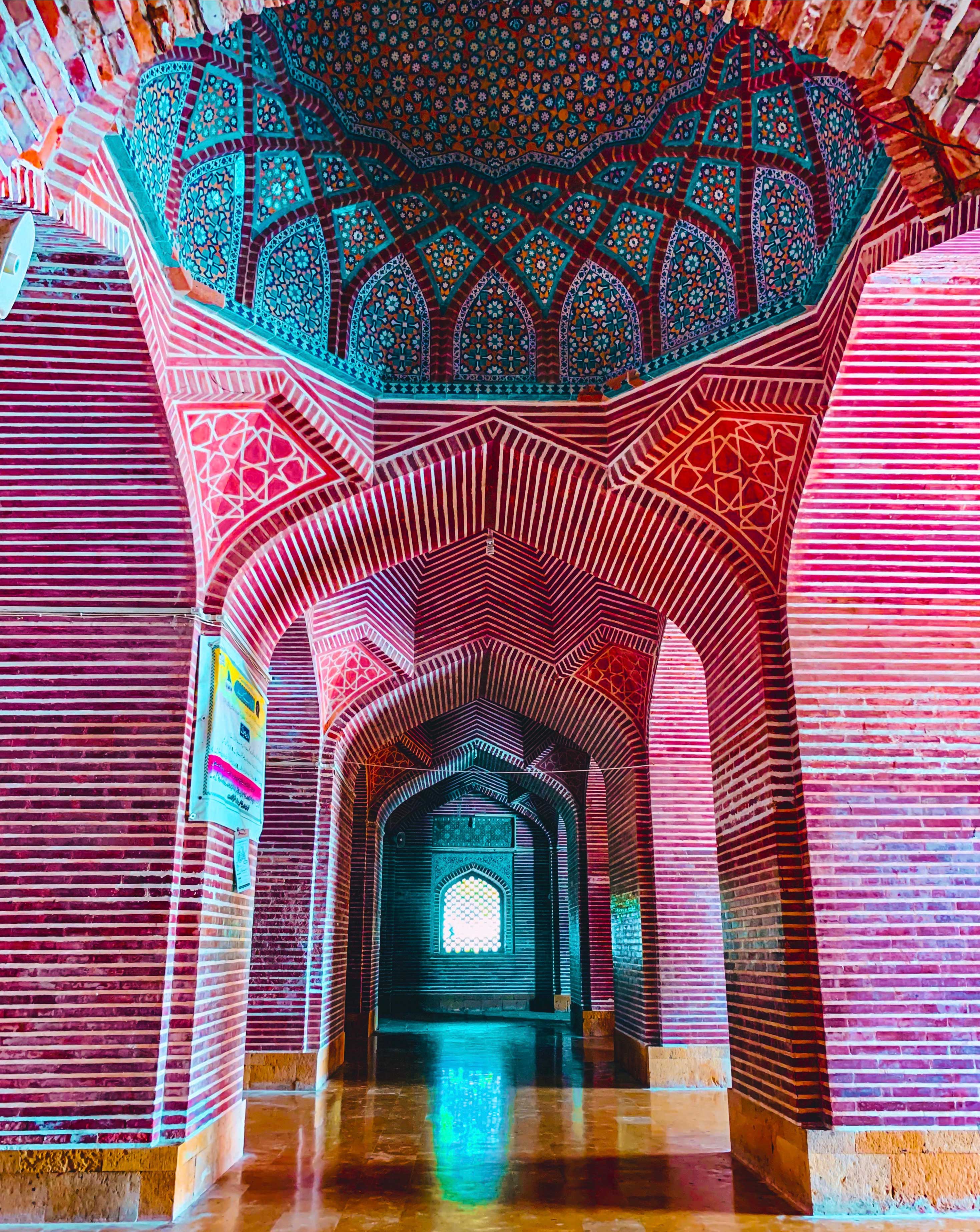
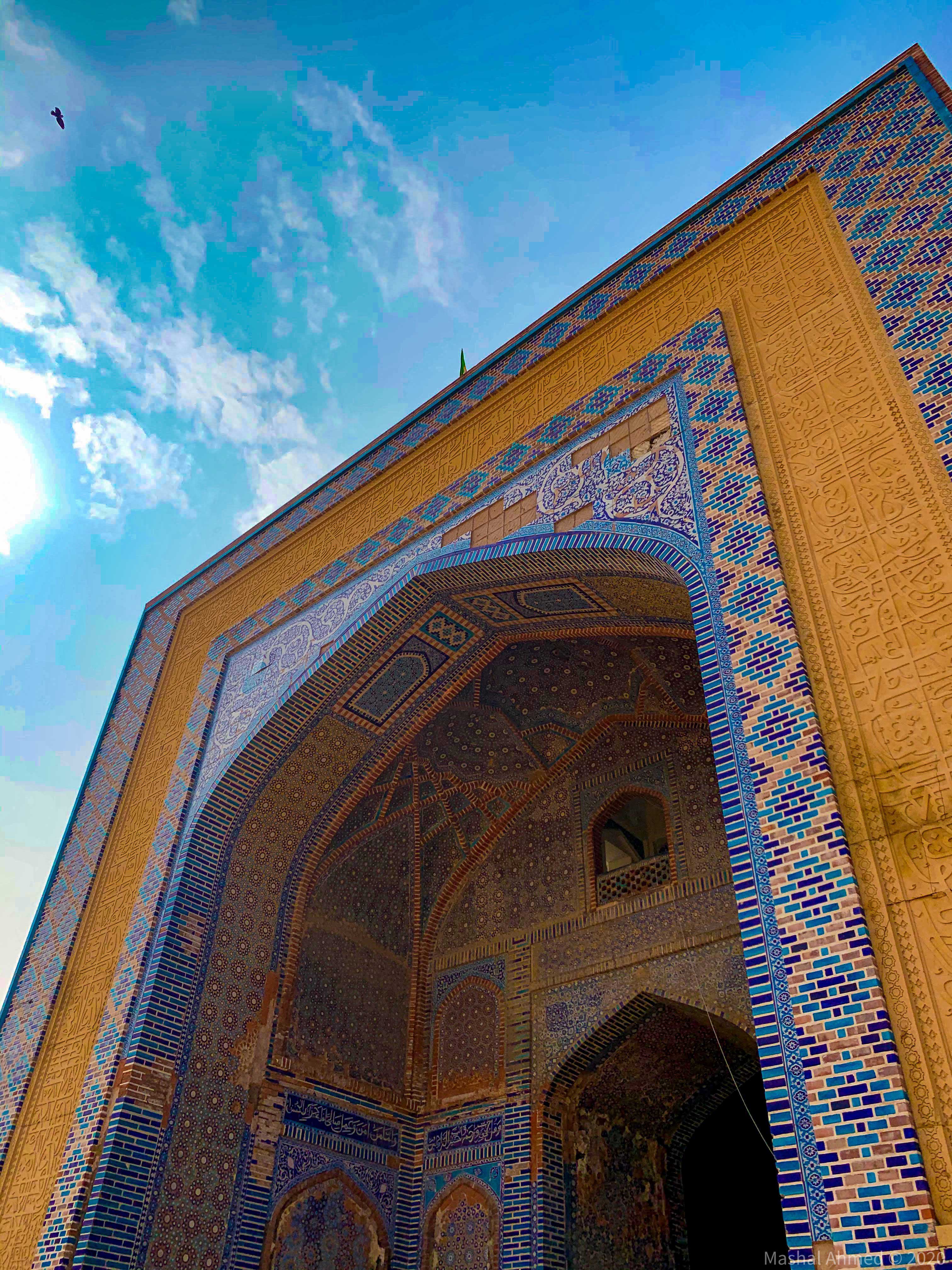
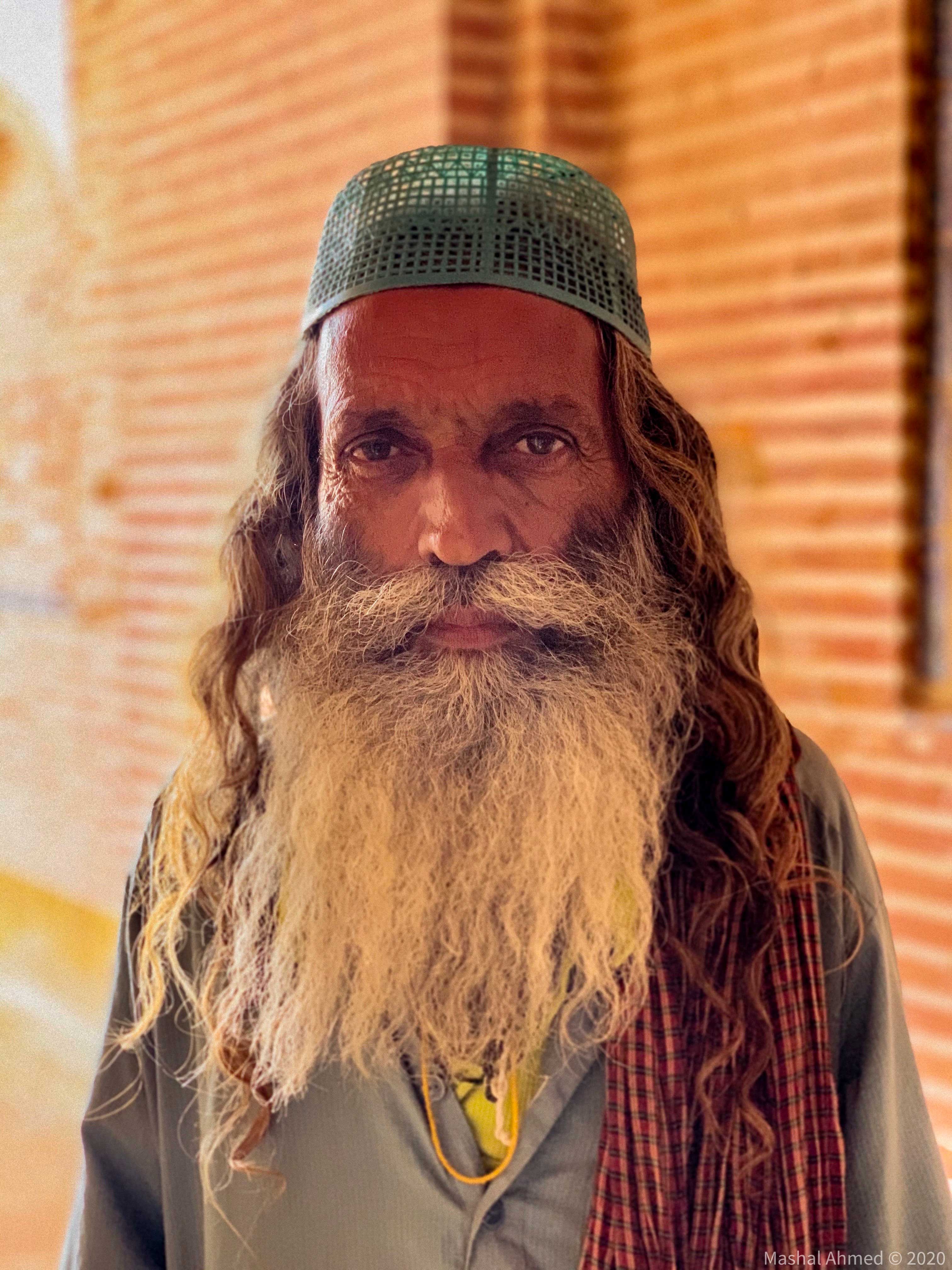
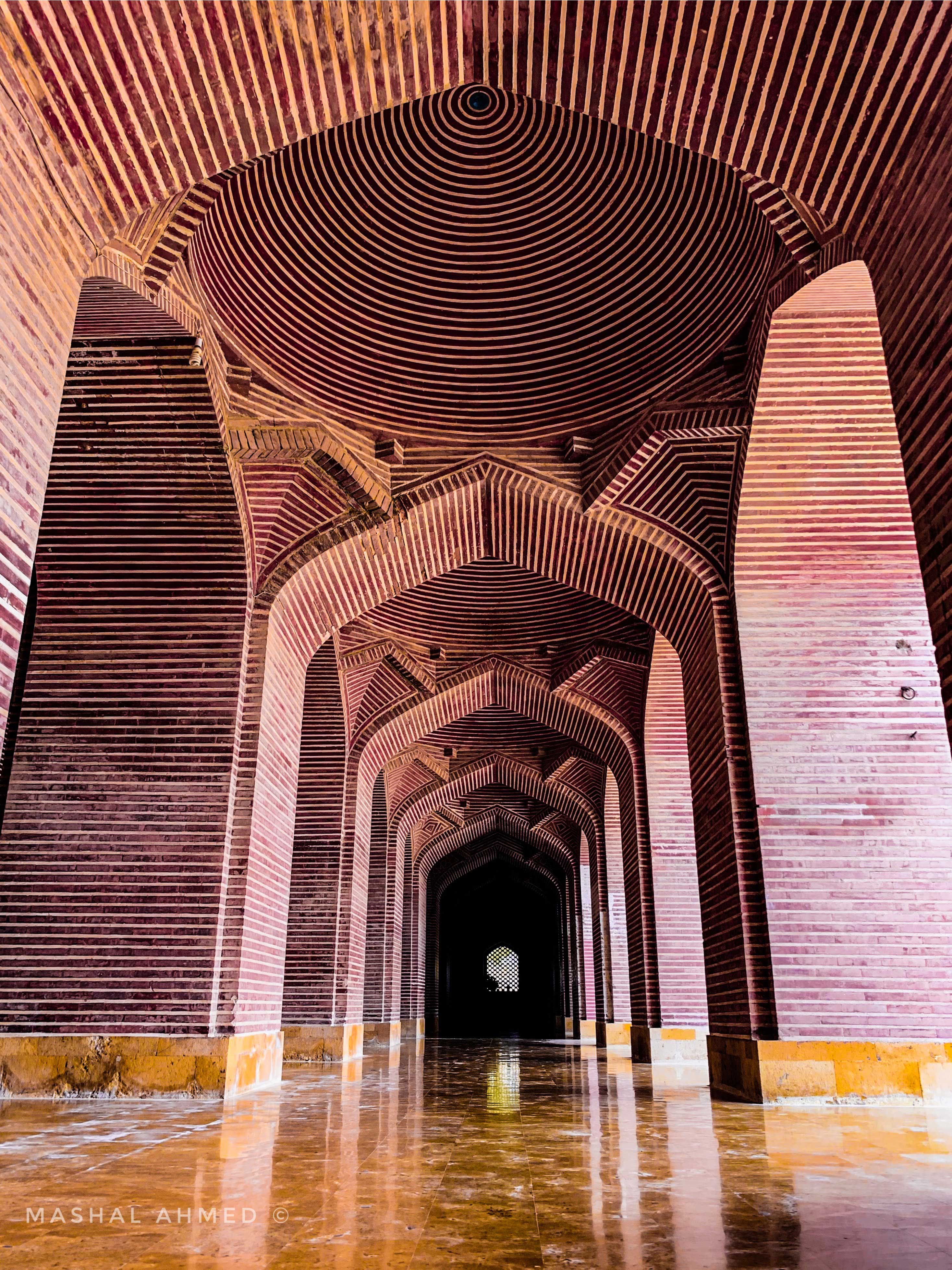
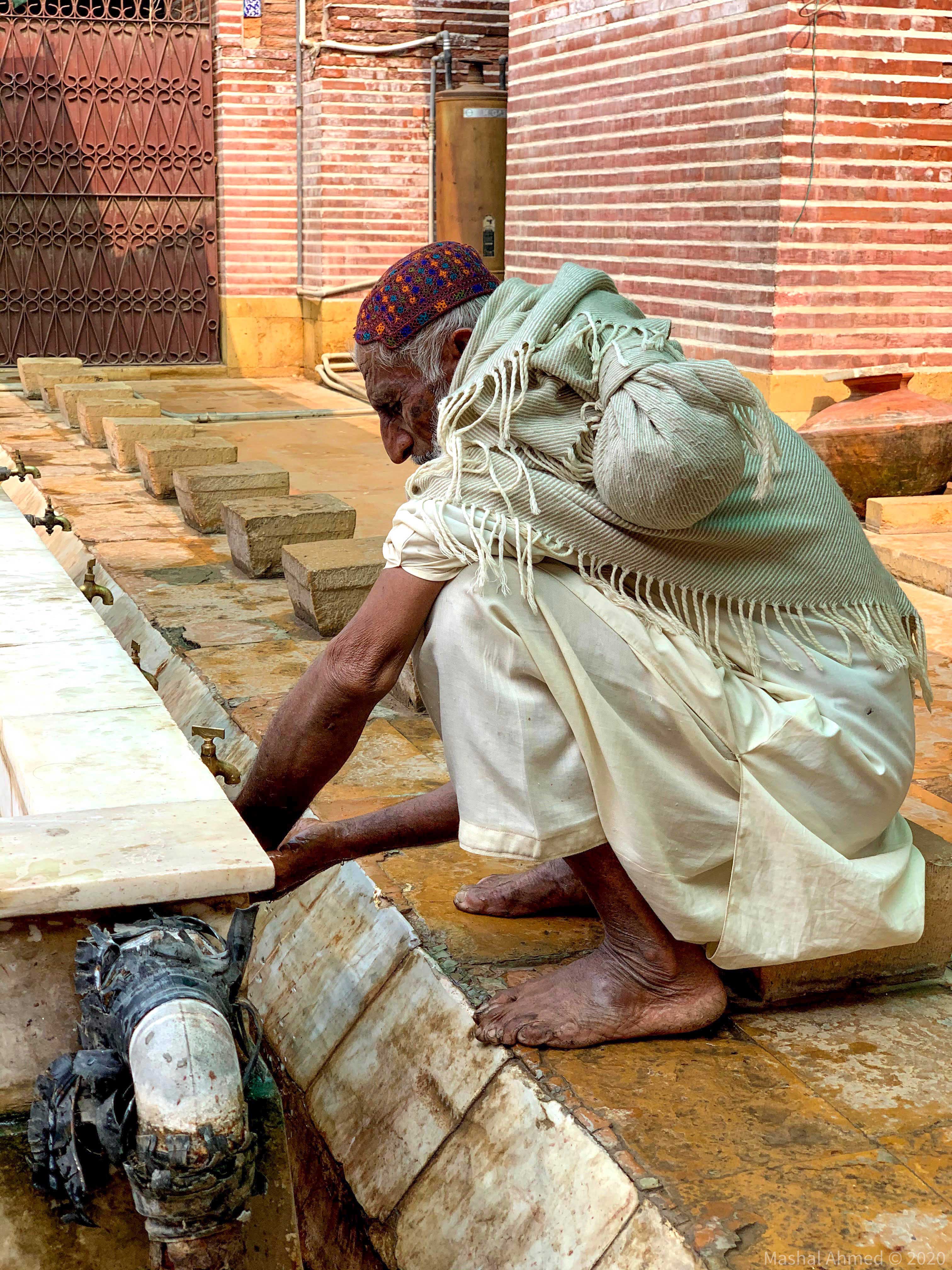
Ahmed is a freelance journalist. She tweets @MashalAhmed.



